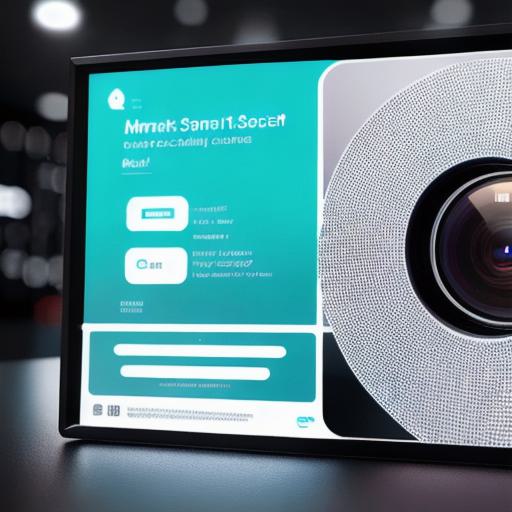Unraveling the Mystery: Exploring the Relationship Between Web 3.0 and Blockchain

Web 3.0 and blockchain are two highly related but distinct concepts that have gained significant attention in recent years. While they both share some similarities, such as decentralization and transparency, there are also differences between them. In this article, we will explore the relationship between Web 3.0 and blockchain, and how they work together to transform the way we interact with technology.
Web 3.0 is a term used to describe the next evolution of the internet. It is built on top of blockchain technology and aims to create a more open, secure, and decentralized internet. Web 3.0 applications are designed to be more intuitive, user-friendly, and efficient than traditional web applications. They leverage smart contracts and decentralized storage systems to enable users to control their data and assets without relying on centralized intermediaries.
Blockchain, on the other hand, is a distributed ledger technology that allows for secure and transparent record-keeping. It was first introduced with Bitcoin and has since become a key component of many decentralized applications. Blockchain technology provides a secure and immutable way to store and transfer data and assets, without the need for intermediaries such as banks or governments.
So how do Web 3.0 and blockchain work together? The answer lies in the fact that Web 3.0 is built on top of blockchain technology. By leveraging the capabilities of blockchain, Web 3.0 applications can provide users with a more secure, transparent, and decentralized experience. For example, a decentralized social media platform built on Web 3.0 and blockchain could enable users to control their own data and assets without relying on centralized intermediaries.

One of the most significant benefits of the relationship between Web 3.0 and blockchain is that it enables greater privacy and control for users. By using decentralized storage systems and smart contracts, users can retain control over their data and assets. This means that they are no longer dependent on intermediaries such as social media platforms or banks to manage their personal information.
Another key benefit of this relationship is that it enables greater interoperability between different applications. By using blockchain technology as a common language, Web 3.0 applications can communicate with each other more easily and securely. This means that users can seamlessly move data and assets between different platforms without the need for intermediaries.
Of course, there are still challenges to be overcome in this relationship. For example, one of the biggest challenges is scalability. Currently, blockchain networks can only handle a limited number of transactions per second, which can be a bottleneck for some Web 3.0 applications. However, researchers and developers are working on improving the scalability of blockchain technology, which will likely lead to more widespread adoption of Web 3.0.
In conclusion, the relationship between Web 3.0 and blockchain is an exciting area of development that has the potential to transform the way we interact with technology. By leveraging the capabilities of blockchain, Web 3.0 applications can provide users with greater privacy, control, and interoperability. While there are still challenges to be overcome, the benefits of this relationship are clear, and it is likely that we will see more widespread adoption of Web 3.0 in the coming years.








